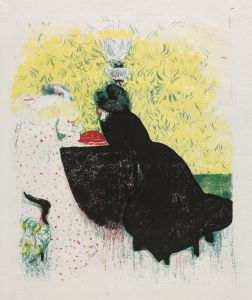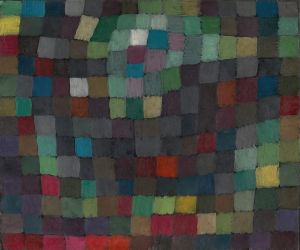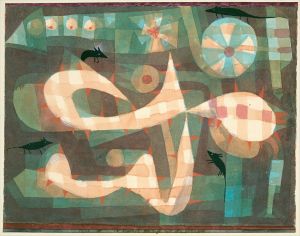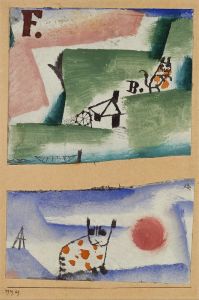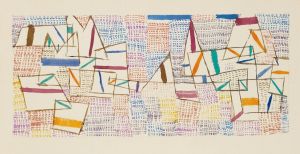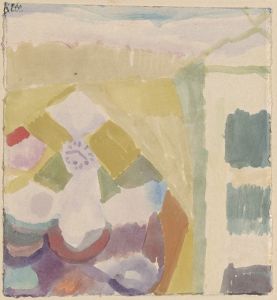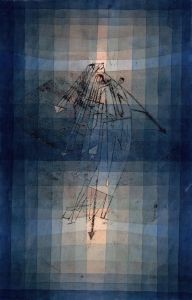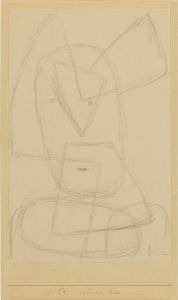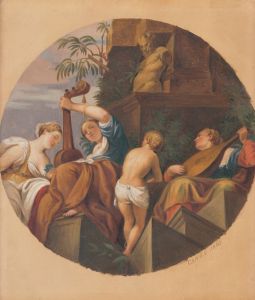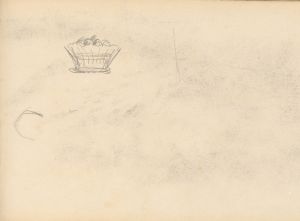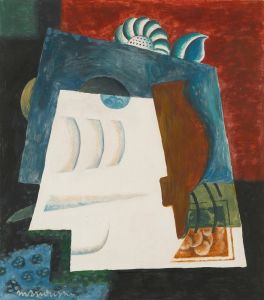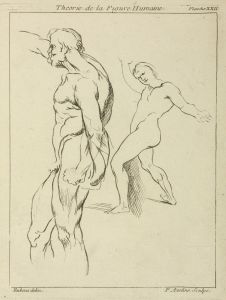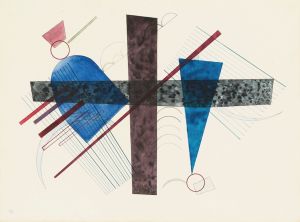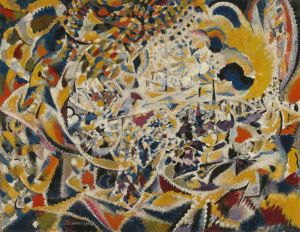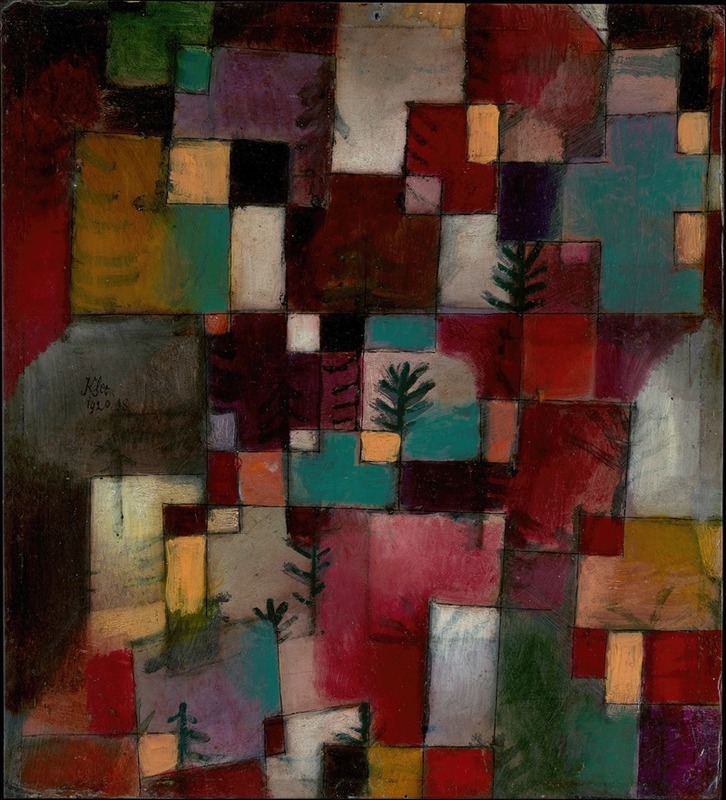
Redgreen and Violet-Yellow Rhythms
A hand-painted replica of Paul Klee’s masterpiece Redgreen and Violet-Yellow Rhythms, meticulously crafted by professional artists to capture the true essence of the original. Each piece is created with museum-quality canvas and rare mineral pigments, carefully painted by experienced artists with delicate brushstrokes and rich, layered colors to perfectly recreate the texture of the original artwork. Unlike machine-printed reproductions, this hand-painted version brings the painting to life, infused with the artist’s emotions and skill in every stroke. Whether for personal collection or home decoration, it instantly elevates the artistic atmosphere of any space.
Paul Klee's Redgreen and Violet-Yellow Rhythms is a painting created in 1920 by the Swiss-born German artist, who is widely regarded as a pioneer of modern art. Klee was associated with several influential art movements, including Expressionism, Cubism, and Surrealism, and his work often explored the interplay of color, form, and rhythm. This particular painting exemplifies Klee's interest in the dynamic relationships between colors and his ability to create compositions that evoke musical and rhythmic qualities.
The artwork is characterized by its use of contrasting and complementary colors, with red and green, as well as violet and yellow, playing prominent roles in the composition. These color pairings are arranged in a way that suggests movement and balance, reflecting Klee's deep understanding of color theory. Klee was influenced by the teachings of Johann Wolfgang von Goethe on color, as well as his own studies and experiments during his time as a teacher at the Bauhaus, where he worked alongside other prominent artists such as Wassily Kandinsky.
Redgreen and Violet-Yellow Rhythms is an abstract work, typical of Klee's style during this period. The painting does not depict a specific subject or scene but instead focuses on the interplay of geometric shapes and vibrant colors to create a sense of harmony and rhythm. Klee often drew inspiration from music, and this painting can be seen as a visual representation of musical composition, with the colors and forms interacting like notes and rhythms in a piece of music.
The painting was created during a particularly productive period in Klee's career, shortly after he joined the Bauhaus in 1920. This institution, based in Germany, was a hub for modernist art, design, and architecture, and Klee's work during this time reflects the Bauhaus's emphasis on combining artistic creativity with technical precision. His teaching at the Bauhaus also influenced his artistic output, as he developed theoretical approaches to art that emphasized the importance of structure and the relationships between elements within a composition.
Today, Redgreen and Violet-Yellow Rhythms is considered an important example of Klee's exploration of abstraction and color. The painting is held in the collection of the Kunstmuseum Basel in Switzerland, which houses a significant number of works by Klee. The museum's collection provides insight into the breadth of Klee's artistic achievements and his contributions to modern art.
This painting continues to be studied and admired for its innovative use of color and form, as well as its ability to convey a sense of rhythm and movement through purely abstract means.





